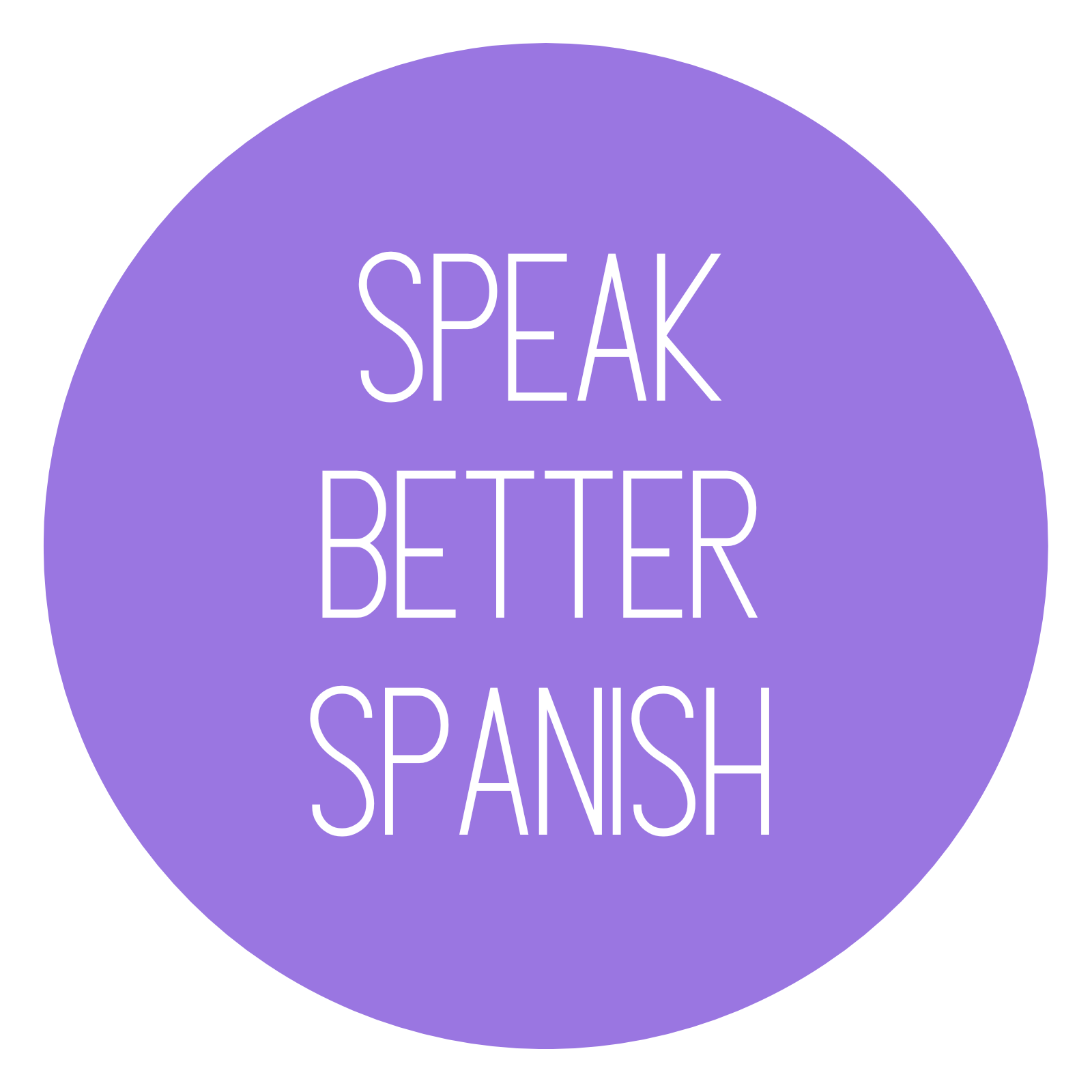Do you know what’s the difference between por and para in Spanish?
Today we’re diving into a topic that often leaves Spanish learners scratching their heads: the difference between por and para. These two seemingly simple prepositions can be quite tricky to grasp, but I am hoping this quick guide will help you out.
Learning how to use por and para may be challenging in the beginning, especially when both mean “for” in English.
How to use por and para in Spanish
Let’s have a look at when to use por and para in Spanish:
Por is mostly used to express:
- Cause, reason (because of), motivation, the “why”. Use por to express the cause or reason behind an action:
- Lo hice por ti. (I did it for you.)
- Le dieron un premio por sus logros. (They gave her an award for her achievements.)
- El vuelo fue demorado por condiciones climáticas. (The flight was delayed due to the weather conditions.)
- Duration of time, time periods. Indicate the duration of action with por:
- Podemos pedir pizza por cenar, pero tendresmos que esperar por una hora. (We can order a pizza for dinner, but we’ll have to wait for an hour.)
- Estudié por quatro horas. (I studied for four hours.)
- Te esperé por veinte minutos. (I waited for you for twenty minutes.)
- Means, method, to describe something done by someone. Describe the means or method by which something is done:
- Viajamos por avión. (We traveled by plane.)
- Primero vas a tener que pasar por un túnel. (You’ll first have to go through a tunnel.)
- Te llamé por teléfono, pero no me contestaste. (I called you by phone, but you didn’t pick up.)
- Exchange, substitution. When indicating an exchange or substitution, go for por:
- Compré esta bolsa por un precio irresistible. (I bought this purse at an irresistible price.)
- Te lo doy por diez dólares. (I’ll give it to you for ten dollars.)
- Te cambio mi sándwich por el tuyo. (I’ll swap my sandwich for yours.)
What about para?
- Purpose, objective, goal, the “what”. Indicate the purpose or goal of an action:
- Estudia para aprender. (Study in order to learn.)
- Hay que comer sano para poder entrenar duro. (You have to eat healthy so you can train hard.)
- Voy a comprar un gorro para nadar. (I’m going to buy a swimming cap.)
- Deadlines, time limits. To describe deadlines or specific times:
- Faltan diez para las doce. (It’s 10 to twelve.)
- Necesito esto para mañana. (I need this for tomorrow.) (Don’t forget to check out what’s the difference between “morning” and “tomorrow” in Spanish. Tip: Both are spelled mañana.)
- Tenemos que entregar el reporte para el viernes. (We have to turn in the report by Friday.)
- Destination, recipient, to describe something that’s for someone. Use para to talk about a destination or recipient:
- Este regalo es para ti. (This gift is for you.)
- Mañana tomo un vuelo para Madrid. (Tomorrow I’m taking a flight to Madrid.)
- Mil rosas para mí. (A thousand roses for me.)
- Opinion, comparison. When expressing an opinion or making a comparison, use para:
- La honestidad es muy importante para él. (Honesty is very important for him.)
- Para mí, es el mejor. (For me, it’s the best.)
- Nadar es más fácil para ti que para mí. (Swimming is easier for you than for me.)
A quick tip before you go…
When you find yourself in a pickle and you’re not sure which one to use, remember that para has fewer uses than por. You don’t need to memorize all the situations when por is used, but it’ll make your learning easier if you do keep in mind when para is used.
In a nutshell, remember that por is used to explain why, para is used to explain for what; por is for movement, para is for destinations; por is for time periods, para is for deadlines; and por is used to describe something done by someone, while para is used to describe something that’s for someone.
That’s all folks! If you want more Spanish lessons, download our free Spanish conversation course ebook, and sign up for our weekly newsletter! Thanks ❤️





0 Comments